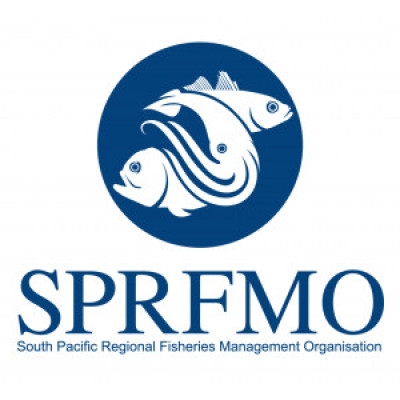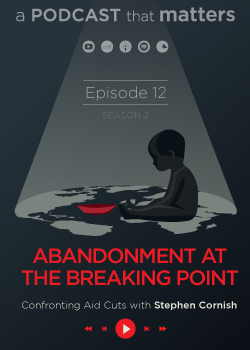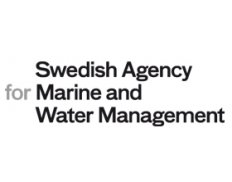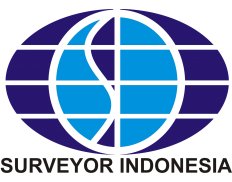Print

South Pacific Regional Fisheries Management Organisation
General
Jobs • 0
Shortlists/Awards • 3
Pricing strategy • 0
Partners/Competitors • 0
General
Jobs
Shortlists/Awards
Pricing strategy
Partners/Competitors
Details
Legal residence:New Zealand
Organization type:Government agency
Funding agencies: European Commission Directorate-General for International Partnerships (EuropeAid HQ), Other
Sectors: Fisheries & Aquaculture, Monitoring & Evaluation
Status:
Active
About
ABOUT THE SPRFMO
Background
In 2006, Australia, Chile and New Zealand initiated a process of consultations to enable states to cooperate in addressing the gap that existed in the international conservation and management of non-highly migratory fisheries and protection of biodiversity in the marine environment in high seas areas of the South Pacific Ocean. The process resulted in a series of international meetings with the objective of discharging the duty of states under international law to cooperate with each other in the conservation and management of living resources in such areas of the high seas. Through these international meetings participants decided to establish a regional fisheries management organisation with the ongoing responsibility for this task.
On 14 November 2009, the 8th International Meeting adopted the Convention on the Conservation and Management of High Seas Fishery Resources in the South Pacific Ocean, together with a Resolution regarding the holding of a Preparatory Conference to assist the efficient commencement of the work of the Commission of the South Pacific Regional Fisheries Management Organisation (SPRFMO) established by the Convention. The Meeting held a ceremony of confirmation of the English text of the Convention and a Final Act signed by the Chairman of the Consultations (Mr. Bill Mansfield), the Executive Secretary of the Interim Secretariat (Dr. Robin Allen) and the following participants and Special Observer participant: Australia, Belize, Chile, China, Cook Islands, European Community, France, Kingdom of Denmark in respect of the Faroe Islands, Korea, New Zealand, Peru, Russian Federation, United States of America, and Chinese Taipei Fishing Entity.
The SPRFMO was officially established and entered into force on 24 August 2012.
Species & Ecosystems
Given the extent and great depth of much of the South Pacific Ocean, research into the biodiversity of the high seas of the South Pacific Ocean is still in its infancy. Like the diverse bathymetry however, biodiversity is also diverse. Fine, muddy sediments made up of a variety of foraminiferans (microscopic single celled, shelled, animals) dominate the deep ocean floor. Echinoderms (sea-urchins, sea-stars, brittle-stars, sea-cucumbers, and crinoids) dominate the abyssal depths (3000–6000 m). At shallower depths, the seamounts, banks, and ridges are dominated by bottom invertebrates such as lobsters and crabs, and fish living near the bottom, for example orange roughy and alfonsino. Above the sea there are a variety of seabirds that spend a substantial part of their life foraging in the marine environment of the South Pacific Ocean.
Apart from highly migratory species, such as tuna, which are not managed by SPRFMO, important pelagic species in the high seas of the South Pacific are Jack mackerel, chub mackerel, jumbo flying squid.
Fisheries
Exploratory and targeted commercial fishing is thought to have taken place in the area since at least the 1970s.

Fishing gear in the Southeast Pacific Ocean from left to right: a Chilean purse seiner; a tuna purse seiner in tropical waters of the northern part of Area 87; a Peruvian purse seiner; a trawler; and a small purse seiner (NOAA)
Commercial fisheries tend to have been concentrated in areas of higher productivity where there is upwelling of nutrients, often associated with seamounts and ridges. Seamounts and ridges are also the only places shallow enough to bottom fish. Although there are numerous sea-mounts and ridge systems in the South Pacific high seas, only the prominent appear to have been fished to any extent: the Lord Howe Rise, the South Tasman Rise, and the Louisville Ridge. There are closely related fish species, and species in common, across all these features.
South Pacific high seas fisheries can be categorised into benthic (mainly invertebrate species that live on the seafloor), demersal (mainly fish, close to the seafloor), and pelagic (mainly fish and prawns, at the surface and in the midwater). Commercial fishing for benthic and demersal species is restricted to a depth of about 1500 m. Dominant demersal finfish fished commercially include orange roughy, oreos, alfonsino, and bluenose. Pelagic fishing takes place irrespective of depth, but tends to be associated with upwelling of nutrients. The dominant pelagic species fished commercially are jack mackerel. and jumbo flying squid
Fishing methods currently used include purse seining, pelagic trawling, Jigging, bottom trawling and bottom longlining.
Top partners

Top competitors


Similar Companies
By Sectors and Organization Types
Country:
Papua New Guinea
Awards:
0
Jobs:
0
Country:
Sweden
Awards:
6
Jobs:
0
Country:
New Zealand
Awards:
38
Jobs:
0
Country:
Indonesia
Awards:
23
Jobs:
0





